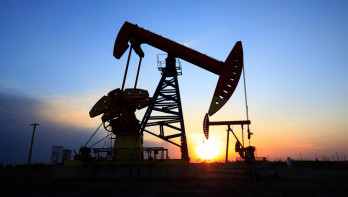Analysis Energy
Lagging industry in China and US depresses oil price
Both the Chinese and American industries are not showing good figures. Production is lagging behind, and the oil price is reacting strongly to this. Since mid-December, Brent oil has not been listed so low.
The Chinese Purchasing Managers' Index (PMI) published by the Chinese statistical bureau on Saturday shows that production has decreased again. The index dropped from 49.4 points in July to 49.1 in August, the lowest point in six months. The service sector did grow slightly (and above expectations), from the lowest point in eight months in July of 50.2 to 50.3 points in August.
The continued struggles of the Chinese economy are putting pressure on the oil price, as well as the American PMI published on Tuesday, September 3, which fell below 50, indicating a contraction. With 47.2, factory activity was better than a month ago when the number was 46.8, but more was expected (47.5). During the writing of this article (September 4, late afternoon), Brent oil was at $73.28 per barrel. This is a decrease of 8.3% compared to $79.94 on Thursday, August 29. Since mid-December 2023, oil has not been listed so low.
UN mediates in Libya
Last week, the oil price rose, partly due to the closure of oil fields in Libya. Production is therefore at a low level. Nearly 70% less oil is expected to be produced. In the capital Tripoli, the UN is currently attempting to mediate the conflict over the central bank and oil fields in the North African country. The two rivaling parties in power are now reportedly close to an agreement, according to Reuters news agency, to appoint a central bank president together and thus gain shared control over the oil fields. The country is highly dependent on oil revenues.
What will OPEC+ do?
This week, the influence of tensions in the Middle East on the oil price remained limited, although this could change quickly. What the market is very concerned about is what OPEC+ will do in October. Will the countries of the oil cartel increase production quotas or postpone the decision?




